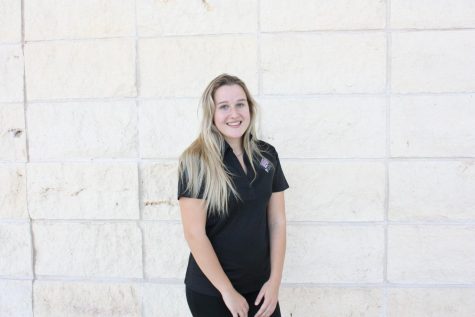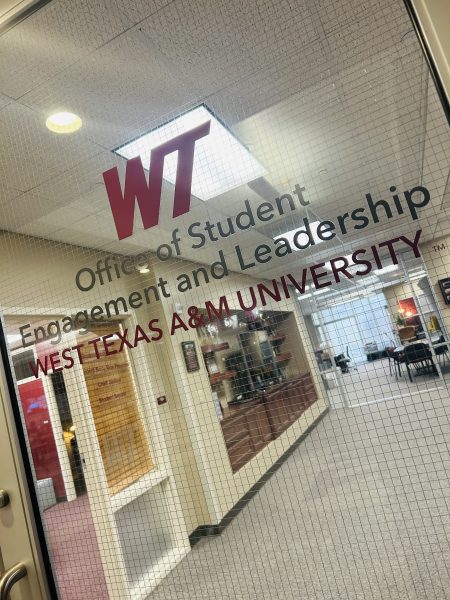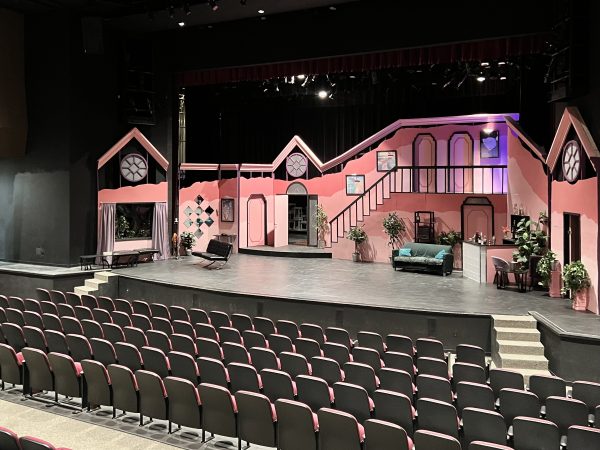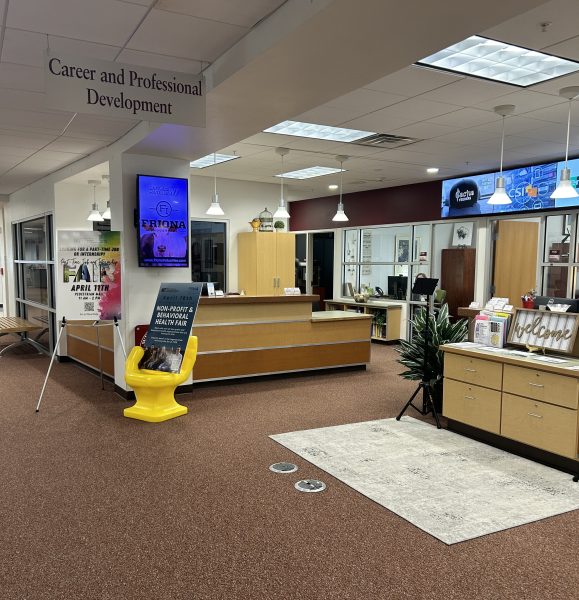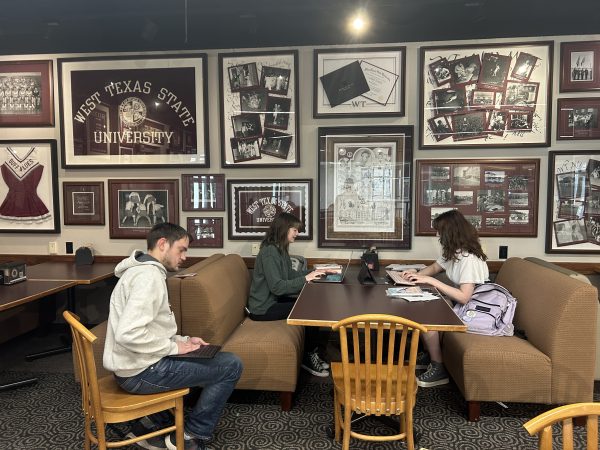Energy reduction project sparks green initiative at WT
October 22, 2018
West Texas A&M University is looking to save $1.1 million annually in energy costs with the implementation of the energy reduction project starting this year.
The campus will undergo a variety of nature-friendly changes over the next 12 months, guaranteed to save water and energy for years to come. According to Stan A. Peña, director of facilities and construction, the water and energy savings will completely pay for the total project cost of $14.4 million.
“Perhaps some of the most noticeable changes will be in brighter exterior buildings, parking lots and walkway lighting that will improve night time safety [and] mobility throughout campus,” Peña said.
Crews will be converting light fixtures to LED type which gives a “cleaner and better temperature level of light” according to Tadhi Hayes, unit director of SSC Service Solutions facilities. Students can expect to see crews working all over campus beginning December this year.
“Lighting in spaces might actually be brighter when they leave, but we’re actually using less energy because of the attributes of the LED fixture,” Hayes said.
Other improvements on campus include upgrades of electrical equipment and water usage. In addition to the money savings, the project is a step towards a more eco-friendly campus.
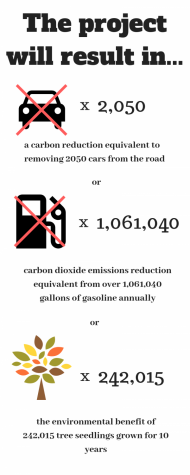 “In addition to annual energy and water savings, the university realize[s] an annual carbon reduction benefit that is the equivalent to removing 2,050 passenger cars from the road,” Peña said, “or carbon dioxide emissions from over 1,061,040 gallons of gasoline consumed annually.”
“In addition to annual energy and water savings, the university realize[s] an annual carbon reduction benefit that is the equivalent to removing 2,050 passenger cars from the road,” Peña said, “or carbon dioxide emissions from over 1,061,040 gallons of gasoline consumed annually.”
Illustration by Tova Kibal
The gradual movement towards renewable energies is a state-wide trend, as electricity usage from wind turbines in Texas has grown from 2.2 to 15 percent in the last 10 years, according to the United States Energy Information Administration.
“Parts of Texas have lots of wind, which is why developers have put up so many turbines. The state also gets lots of sun, so solar panels could, over time, become another major source of energy there,” The New York Times wrote in an editorial about the economy and climate policies on Sunday, July 15, this year.
Randy Rikel, vice president for business and finance, worked with the Texas A&M System to explore energy saving initiatives according to Peña. Peña explained that Rikel values keeping the costs of students’ education as affordable as possible while helping the environment.
“Less dependence on these resources will help our environment in the long run while still providing our students a safe and secure place to study, live and learn,” Rikel said in a press release on WTAMU’s website.
Hayes explained that the school has a performance-based contract with Ameresco Inc., a energy efficiency and renewable energy solutions company. Ameresco has guaranteed WTAMU energy savings, a “performance,” and will come to the campus and implement the changes themselves. They determined what changes will be made by visiting the campus and doing an extensive study of the university.
“So in other words, if they come in and they do lighting retrofit, our utilities bill should decrease a percentage based on the numbers of fixtures they retrofit,” Hayes said. “So we should see those energy savings monthly as we move forward.”
Students can learn more about the initiative and changes on campus at the kick off meeting, date and time to be determined soon by Facilities and Construction at WTAMU.



